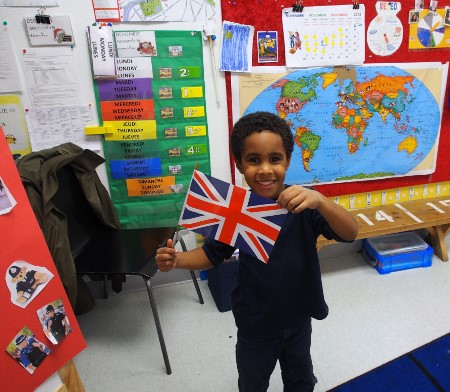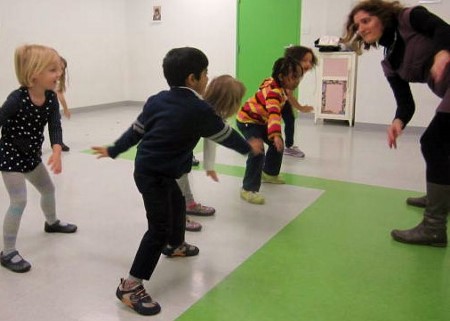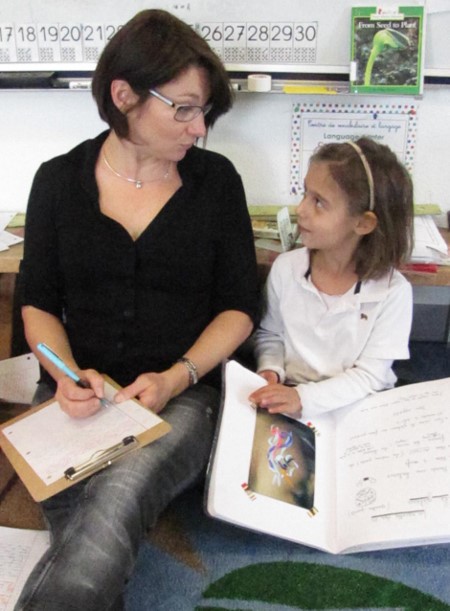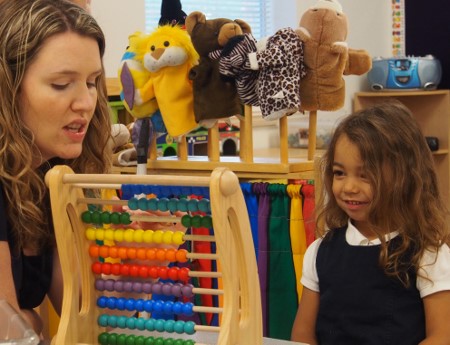Learning science as a community at Austin International School
/Austin International School’s outreach coordinator, Sharon Munroe, and school staff member Suzanne Krause join forces in this guest post to let you know that AIS kids learn much more than language and culture. One of the subjects AIS takes very seriously is science—so much so that it dedicates an annual night of fun to it.
When you think of science events at elementary schools, what do you think of? For many parents and students, it means creating an original science project or invention for a fair on a deadline, often with the parents doing a lot of the work and getting stressed out the night before it is due. At Austin International School, we take a different approach.
At our second annual event, held on March 26, students in Kindergarten through fifth grade experienced science at hands-on activity stations that allowed them to play with sights, sounds, and smells; be physical; make observations; and solve puzzles. The approach was inquiry-based, hands-on, fun, and educational all at the same time.
Our teachers found inspiration for the project in collaborating with our partner elementary school in France, and then we made it our own. Family Science Night is one aspect of the international educational exchanges that regularly occur in our unique learning environment. “Family Science Night is designed to be a special event where elementary-age children and their parents truly have fun, and we promote science learning together as a community,” explained Cedric Herve, Austin International School teacher and science night coordinator.
“Why does the egg float?” has become one of the most popular stations. Involving water, salt, bowls, and eggs, it lets students get a bit messy and keeps them entertained and curious until someone at the table can solve the mystery. To explore the five senses, students tried matching the ringing of a hidden bell with a choice of bells before moving on to a series of herbs and food to smell and taste. Some classes had a quiz table with trivia about odors and the noses of different birds and animals.
Older students guided their younger friends by explaining the activities and purpose of each station. With parents and children working together at stations, the setup provided for an engaging atmosphere where kids could experience science outside the classroom. Parents were actively participating with groups of children too. This helped students to see that science happens everywhere, every day. It fostered interaction among parents, children, and teachers with a fun, educational experience that surpassed the benefits of simply doing homework or a project.
Hypothesis: Holding an annual Family Science Night will build students’ confidence to understand science and to experience its wonders in a holistic way. A stimulating educational activity outside the regular school day will help families come together to learn outside the regular school day.
Conclusion: Our observations showed that Family Science Night does indeed foster a curiosity about science and the hidden world around us. Our students sought to educate themselves and guide their schoolmates on their educational journey. They inspired (and will continue to inspire) each other, their parents, and themselves to discover, imagine, experiment, and take risks. This is an annual tradition for the Austin International School community worth keeping.
Sharon Munroe and Suzanne Krause















